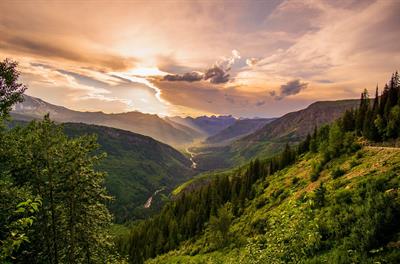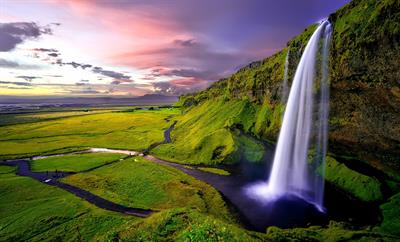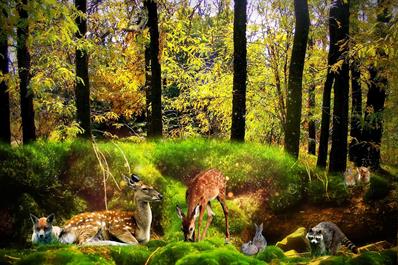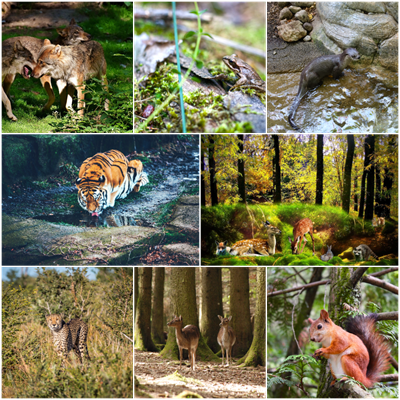
PUMPA - SMART LEARNING
எங்கள் ஆசிரியர்களுடன் 1-ஆன்-1 ஆலோசனை நேரத்தைப் பெறுங்கள். டாப்பர் ஆவதற்கு நாங்கள் பயிற்சி அளிப்போம்
Book Free DemoObserve the pictures given below and choose which picture corresponds to the environment?

Mountain with lush of green and lots of trees

River flowing amidst mountains

Animals in the forest
All three pictures are a part of the environment, but the environment is much more.
The environment is anything and everything that surrounds us. The environment comprises living organisms and non-living components.
All living (biotic) and non-living (abiotic) components continuously interact, and the link between each other maintains the balance in the environment. Any change or deterioration in any of the components of the environment likely impacts the entire environment and the species that live there.
The living and the non-living components in an environment together constitute an ecosystem. The link between them can be understood by studying the ecosystem.
Ecology (Greek term: Oikos - home, Logos - study) is the branch of biology which deals with the inter-relationship among organisms and interactions between organisms and their environment.
What is an ecosystem?
An ecosystem is a community where the biotic and abiotic components of the environment are linked through energy flow and the cycling of nutrients.
Let us look at an example of an ecosystem to understand better. Consider a forest.

A forest ecosystem
A tree or a shrub grows in the forest using air, sunlight and water. The other biotic components or living components include the insects, birds, and frogs that feed on the leaves, flowers or fruits present on a tree or shrub.
The higher animals, such as snakes and birds, depend on the smaller birds, frogs, and insects for sustenance. To grow, reproduce, and perform other activities, the biotic components interact with each other and with the abiotic components. Thus, this example portrays an ecosystem of a forest. The other types of ecosystems are ponds, rivers, lakes and gardens.
In the following section, let us study the components of an ecosystem.
Reference:
http://dl.maxpixel.freegreatpicture.com/?f=frog-4444526_1280.jpg&type=Download&token=fbc82e291bdb2b353fe16a1cfc319d7d&pid=4444526
https://www.flickr.com/photos/o_0/29800306434
https://www.pxfuel.com/en/free-photo-jysoc/download
https://www.pxfuel.com/en/free-photo-xpqga/download
https://www.pxfuel.com/en/free-photo-xnmik/download
https://www.pxfuel.com/en/free-photo-xpzex/download
https://www.pxfuel.com/en/free-photo-xgnly/download